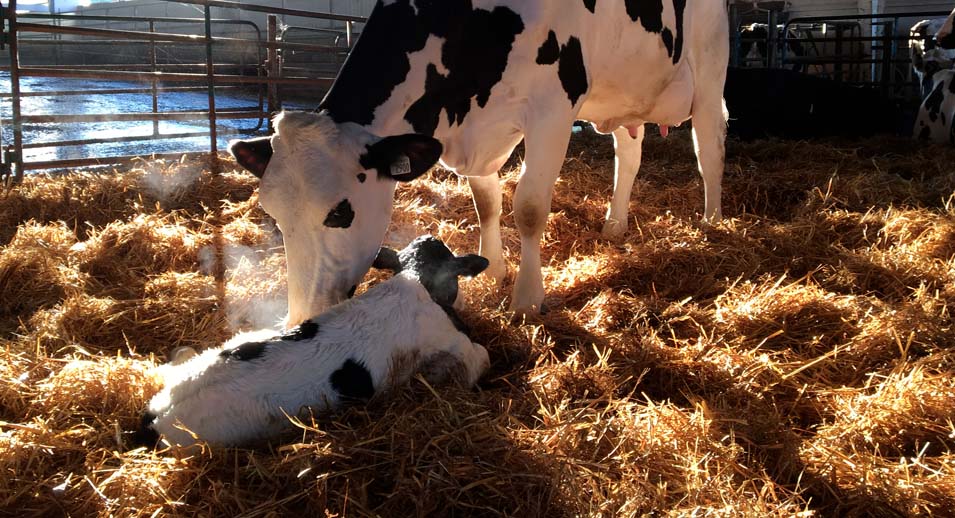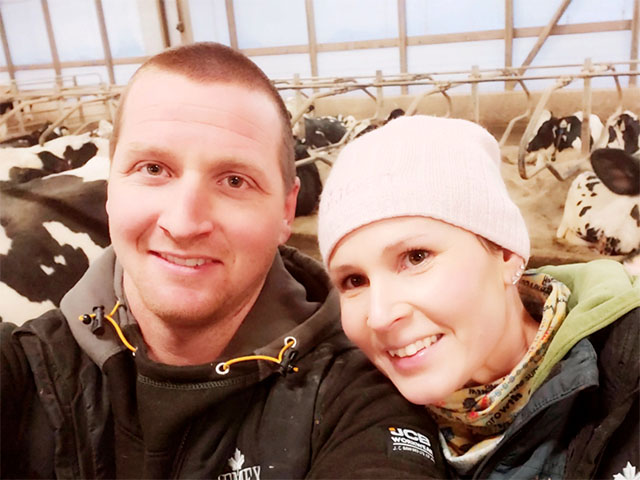Expert Tips for Raising Successful Calves – Pre-partum and Calving Care
- June 15, 2022

Superior performance of your calves starts at birth and is driven by the quality of care you give them. The first few hours of life are critical for your calves, as they must adapt quickly to an external environment that is very different from the intrauterine environment they had for months prior to their birth. This is a major transition that needs to be made as easy as possible.
Did you know that the first 72 hours of a calf’s life are a good indicator of a successful calving follow-up? A good follow-up program starts at dry-off.
Dry Cow Program
Nutrition and dry cow management are key elements that have a major impact on calf performance.
1- Vaccinations
Talk to your veterinarian about the best strategy to implement at the farm to promote good cow immunity and quality colostrum for your calves.
2- Nutrition
An appropriate level of protein, energy and minerals is required for dry cows to ensure a good head start for the calf. Maintaining the body condition score (objective: 3.0) of dams is important for both them and their calves.
3- Calving assistance
A difficult calving (or dystocia) can result in performance problems for the calves, but also for the dam. Determine with your veterinarian when it is appropriate to intervene during a calving. Dystocia can be minimized when cows are comfortable, have limited stress and can be placed in a calving pen at the first sign of calving. The dystocia rate for your herd should be less than 5%.
During Calving
Keep in mind that this is the first opportunity you get to directly impact the calf’s future.
4- Environment
It needs to be clean and as dry as possible. Excessive moisture or manure promotes bacterial growth and increases the risk of contamination for both the cow and her calf. The calving area should be cleaned, disinfected, and re-bedded to ensure maximum comfort.
5- Calving
Calving should be carefully monitored, and any possible complications detected. If calving is prolonged, interventions may be necessary to ensure the vigor of the calf and to minimize stress.
Apply a disinfectant solution (e.g., 7% tincture of iodine) to the entire moist navel area immediately after birth. Reapply within 24 hours, especially if there is a history of navel infections and joint disease.
7- Maternal contact
First, let the cow lick her calf to promote calf vigor.
8- Data collection
Record the calf’s information such as identification, dam, sire, date of birth, time of birth, calving ease and calf size, vaccinations administered, time of first colostrum feeding, quality and quantity administered.










